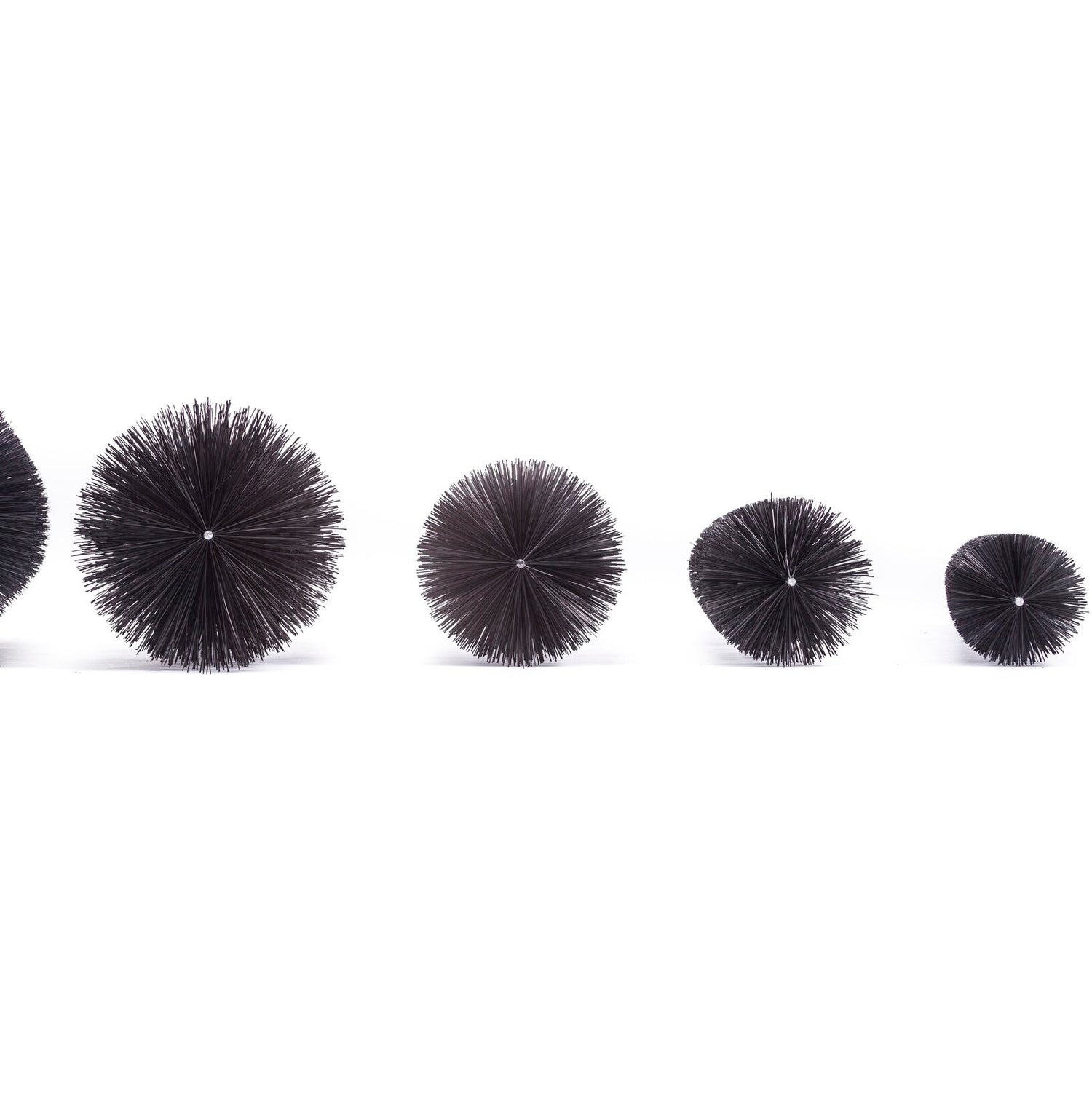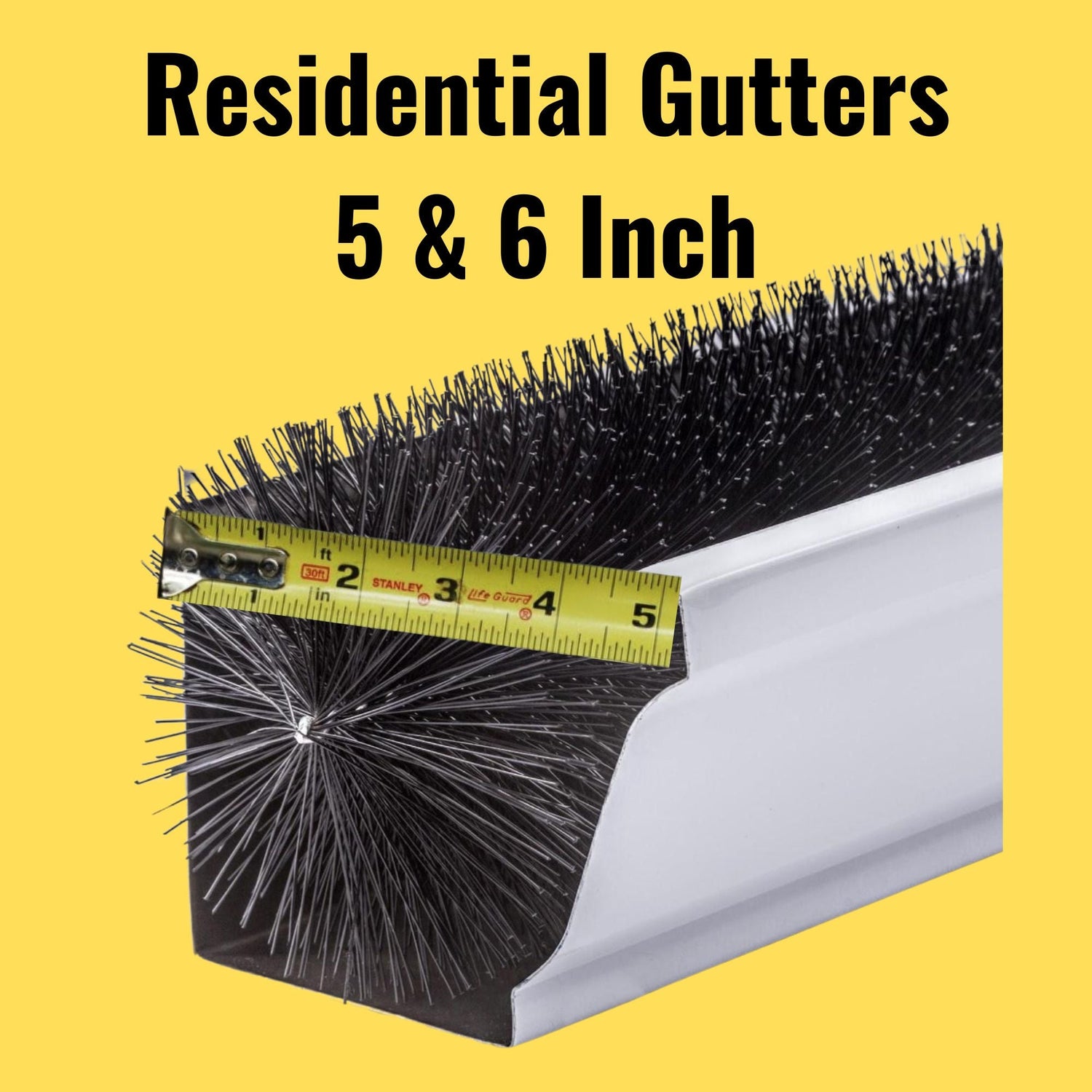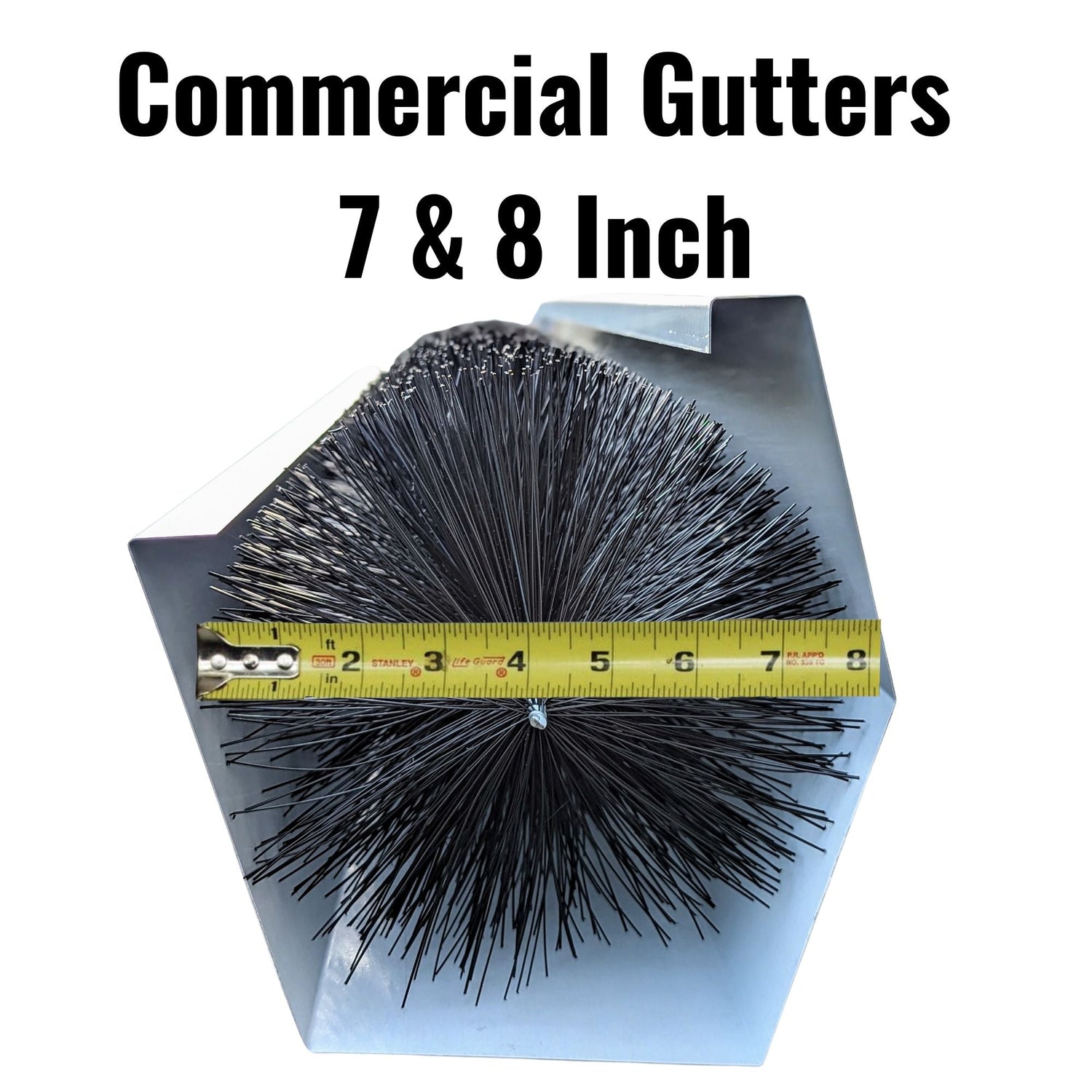Gutter cleaning and clogged downspouts are subjects of which I have intimate familiarity after many years of performing gutter work. I have always been the type of person who is not content unless I learn why things happen. After years of performing gutter cleaning, I learned why downspouts clog. In my early years working for a roofing and construction company, my boss recognized me as being a very good construction problem solver, so, of course, he began to send me out on all of the home improvement problem issues; mainly roof leaks, gutter problems and drainage issues. When you spend years visiting persistent or repetitive leaks and issues, you begin to search for and learn commonalities among these projects. At a typical construction firm, many installers are not ever sent back to the problem calls, so they never obtain feedback and never really learn what they might be doing wrong. Most construction and home improvement problems are caused by defects in labor or installation. While of course there can be problems associated with material defects, the vast majority of problems are caused by worker labor defects; and most of those problems are associated with an installer having too little experience, not being connected with the process of what actually causes problems, just making a simple mistake, or being under pressure to complete the task or project in a hurried fashion. Time is money so hurried installations cause many problems. Click here to read a page about gutter cleaning and a simple solution.
Gutter Cleaning Caused By Clogged Downspout
Over the years, I had the privilege of responding to hundreds of homeowner calls with clogged gutters and gutters overflowing for all sorts of reasons. Most were rectified by performing gutter cleaning and typical regular maintenance, but often we would also find that the clogged downspouts or clogged leader pipes were forcing the homeowner to look into the purchase of gutter leaf guards, gutter screens or gutter covers. It was a fairly common occurrence that we would clear the clogged downspout only to find that in the future it would have a propensity to clog again repetitively unless we learned why the downspout clogged and made improvements to repair that actual root cause. During my many years of gutter cleaning and studying the reasons for clogged downspouts, I learned three very common reasons for repetitively clogged downspouts.
-
Downspout Joint Screws Are Too Long and Intrusive
-
Over Crimping Downspout Connections (not visible, behind the lap)
-
Insufficient Slope
Downspout Fastener Length Causes Gutter Cleaning:
Most downspouts and elbows will easily connect by sliding the male thinner crimped downspout end into the wider female end with a pressure fit such that no joint fasteners are required to stabilize the leader pipe assembly. In some cases however, for example where the prefabricated crimped fitting end had to be cut off in order to create the correct custom length downspout pipe, it may be necessary to install a fastener or a screw through the downspout joint to keep the downspout or elbow joint from separating. When a leader pipe joint fastener is necessary, the experienced and expert gutter installer would traditionally install a very short fastener such as a ⅜” coated zip screw or an aluminum rivet. These short or shorter fasteners are best because they grab the downspout and gutter outlet tube sheet metal adequately and most importantly they do not protrude or extend into the inner portion of the downspout obstructing the water flow and catching tree debris that can cause downspout clogging. Longer downspout screws can often cause an owner to call for a gutter cleaning investigate buying leaf guards. The inexperienced downspout installer sees absolutely no reason why a longer screw could not be used solely considering the fact that a thin screw surely would not block any substantial amount of rain water flow, while the experienced downspout technician realizes that the excessively long downspout fastener will stop or trap twigs, leaves and debris. In a 2” x 3” downspout, one unruly extended screw can grab one thin small twig and the two items have now collectively dramatically decreased the flow size of the downspout such that additional debris items are now extremely susceptible to becoming hung-up. As gutter rain water continues to filter through this partially obstructed and clogged downspout joint, even smaller debris can continue to collect at an even faster pace on its way to densifying a solid clog and a complete downspout blockage of water flow. Once the homeowner calls for help with a gutter cleaning, typically the gutter clearing company will only clear the downspout clog without identifying or repairing the root cause because the cause or defect is not visible to the naked eye. One would need ex-ray glasses to view the inside of the downspout pipe. In order to clear the clogged downspout and properly keep the downspout clog from occurring again in the future, the contractor should both clear the downspout obstruction as well as to also remove the unruly lengthy downspout fastener and replace it with a shorter flow-friendly downspout screw or rivet that will not obstruct water flow and catch gutter debris.

Gutter Cleaning Caused By Downspout Over Crimping:
These days, most newly installed gutters are typical standard K-style seamless aluminum gutters with standard 2” x 3” or 3” x 4” downspouts also known as “leader pipes”. In most cases, the new gutter is applied to the fascia of the “soffit” or “Jet”, such that the gutter position is often from 8” to 18 inches further out or “offset” from the home’s siding, making it necessary to install 2 “offset” downspout elbows at the top of the downspout so that the leader pipe can follow the siding down to the ground in a secure and aesthetically pleasing manner. Assembling the downspout “offset”, typically encompasses attaching 2 identical opposing downspout elbows together and extending them from the gutter outlet tube down to meet the first full length of downspout. Normally these gutter elbows would simply connect together easily using the pre-crimped and flanged male and female factory ends, however to make custom offsets of certain custom downspout lengths, the gutter contractor may need to cut the elbow which might eliminate or “cut off” the factory pre-crimped end. In such a case when the male crimped end has been cut off, the elbows will no longer fit together unless the contractor “pre-crimps” the “cut-off” end to enable it to fit into the opposing downspout elbow. Often, when the worker is attempting to fit one elbow into another and pre-crimping or pre-bending inward is required, the less skilled gutter contractor will tend to “over -bend” or over crimp the inner portion of the downspout excessively decreasing the capacity for downspout water flow. While over-crimping will enable the two pieces to fit together, it can also severely decrease the volume of the downspout opening, decrease the flow of water,and catch leaves and debris within the pipe. In some cases, over crimping can make the effective flow size of a 2” x 3” downspout elbow decrease down to 1” x 2”, and this smaller inner downspout volume will immediately begin to collect twigs and debris and will eventually clog entirely. The experienced gutter contractor will recognize this issue and therefore will crimp the pipe carefully paying attention not to over-crimp the downspout joint. Overly crimped downspout joints cause downspout clogs that appear to be a gutter clog, therefore when such clogs occur, the homeowner will typically call for a gutter cleaning and investigate leaf guards. When responding to such clogged downspout problems, the intelligent problem solver should both clear the clog but also determine if over-crimping is the culprit and adjust the overly crimped elbow so that it allows maximum downspout water flow and does not stop or trap debris.
Insufficient Downspout Pipe Slope Causes a Call For Gutter Cleaning:
In order to accommodate many different custom gutter drainage applications, downspout elbows are typically available for purchase with 3 or 4 different angle degrees; in both front-bend and side-bend styles. Some downspout elbows have angle bends that are very close to 90 degrees. If a 90 degree elbow were attached to a vertical pipe, the result at the end of the elbow is a downspout pipe joint that is very close to being “dead level” or horizontal. When a downspout is assembled and installed with any portion of the pipe being very close to “dead level”, the flowing water becomes very slow at that portion of the leader pipe and becomes susceptible to a build-up of debris. Due to gravity, a leader pipe with greater slope has faster moving rain water that tends to move the small debris through the pipe; and conversely less slope tends to allow a build-up of gutter leaves and debris and eventually a clog. Once a partial clog has been created, the rain water continues to filter through that partial downspout clog continuing to gradually deposit more and more debris causing the clog to continue to increase in density and worsen over time. Such a downspout condition causes the home owner to call for a gutter cleaning and look into the installation of leaf guards. The expert gutter problem solver that arrives to clear this type of clog, might also serve the homeowner well by eliminating the downspout elbows that created the “level” horizontal pipe and replace them with alternate more angled elbows that create and preserve as much positive downspout pipe slope as possible.
There are many conditions that cause clogged downspouts and sometimes it is a simple anomaly. With properly installed downspouts, the need for leaf guards is decreased. Often, a gutter cleaning contractor will clear the clogged gutter and then run the water hose concluding that since the water is flowing out, the problem has been solved; however this is not necessarily true and the positive flow of water from the hose might lull the homeowner into a false sense of security. The volume of water flow from a garden hose does prove that the downspout is no longer completely clogged, but it does not prove that the downspout is allowing maximum rain water flow. Rainfall provides higher water flow than a garden hose. If your downspout clogs once, it is important to clear the clog; but if it clogs repetitively, it should be dis-assembled to determine the reason for the clog and the root cause of the problem should be eliminated so that it will not happen again. By solving the root causes of clogged downspouts, you will not have to spend as much money on gutter cleaning. To further decrease gutter cleaning costs, consider a very simple leaf guard called Gutterbrush.
Alex O’Hanley
GutterBrush




